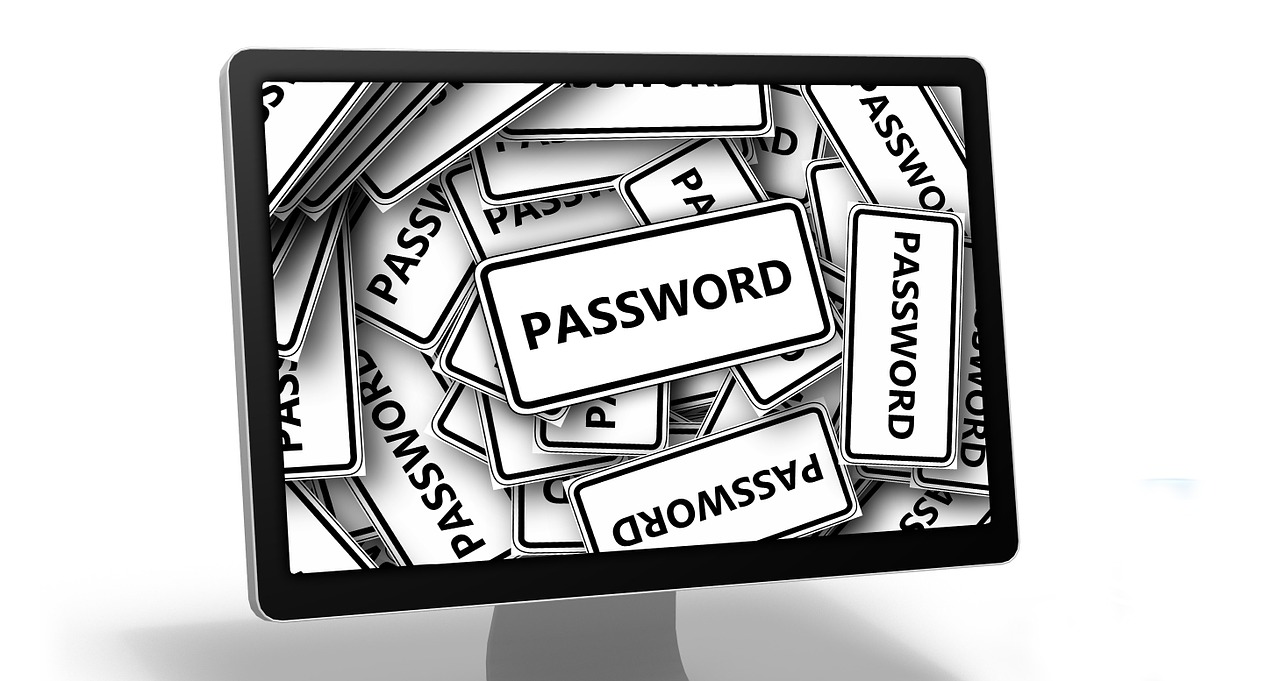Add extra user claims in ASP.NET Core webapp

Introduction
This is a second edition of the previous post on the same topic. The reason why I wrote this one is because of some drastic changes made in ASP.NET Core Authentication system from version 2.0 to version 2.2 - so most of the code presented in the first article doesn't work with the new version.
So, the code in the following articles was built for and tested with ASP.NET Core 2.2. The main concept, however, is still the same and were not changed since ASP.NET Identity 2.0 (I guess).
As in the previous case, we will start with a description of the problem.



